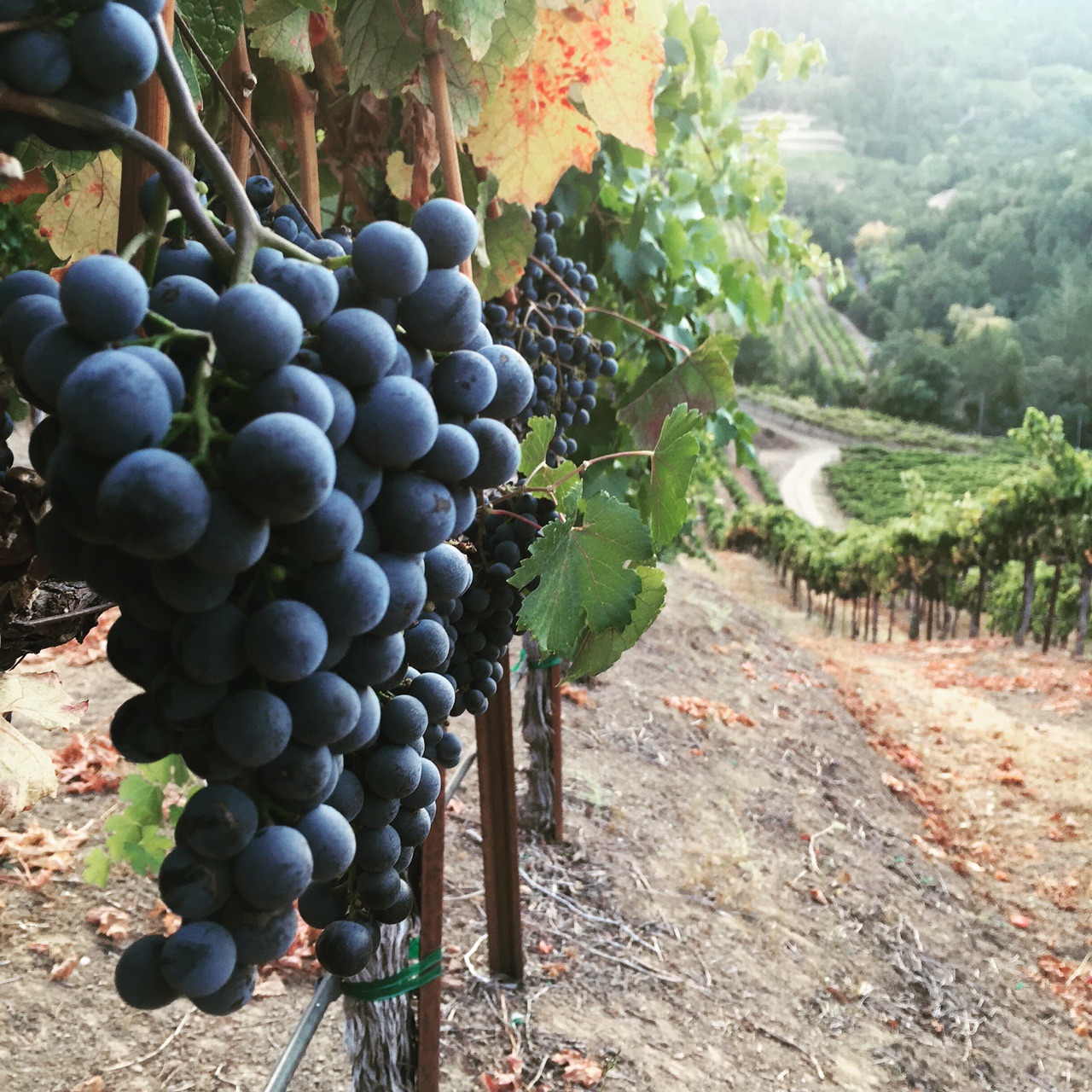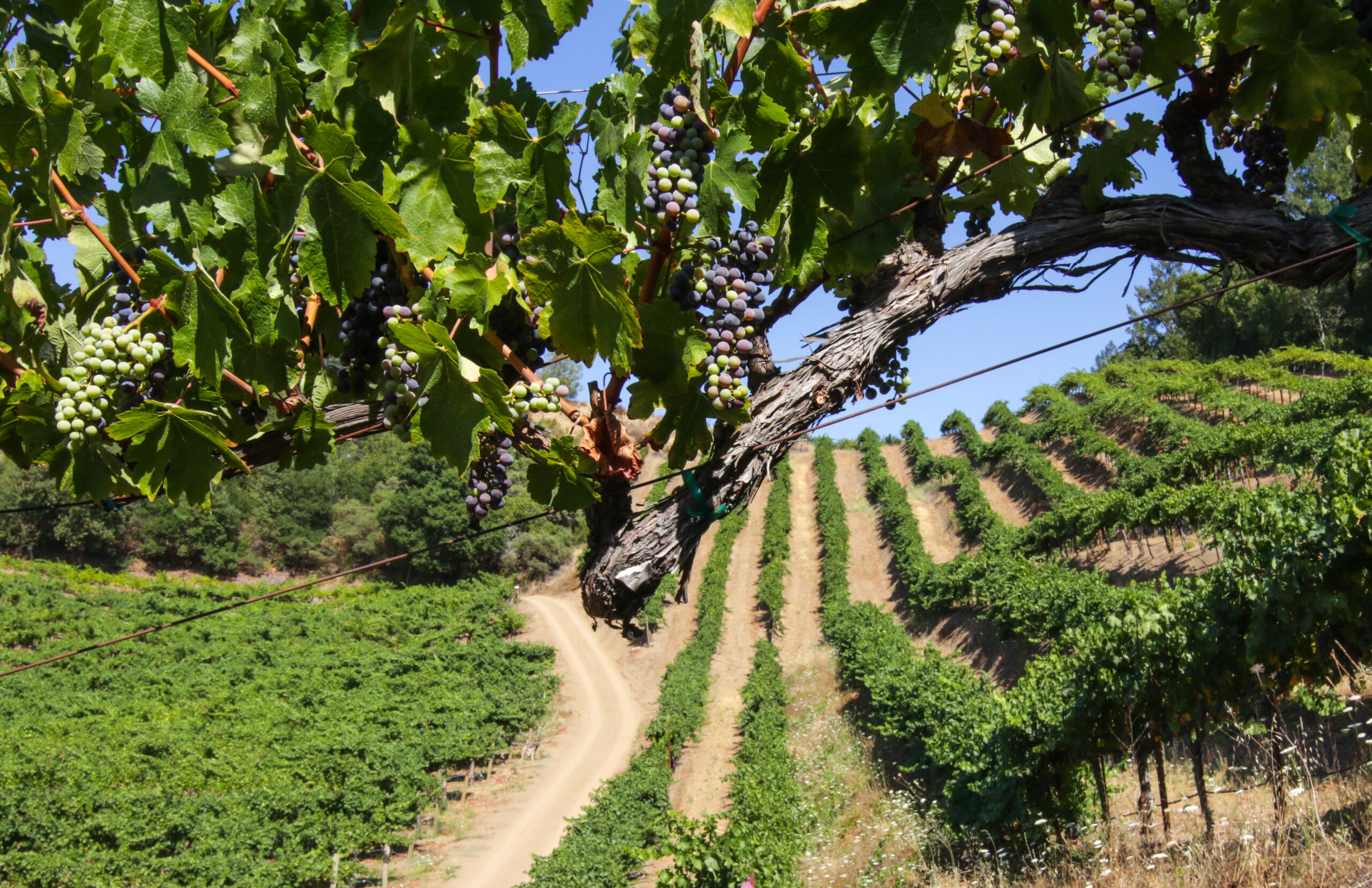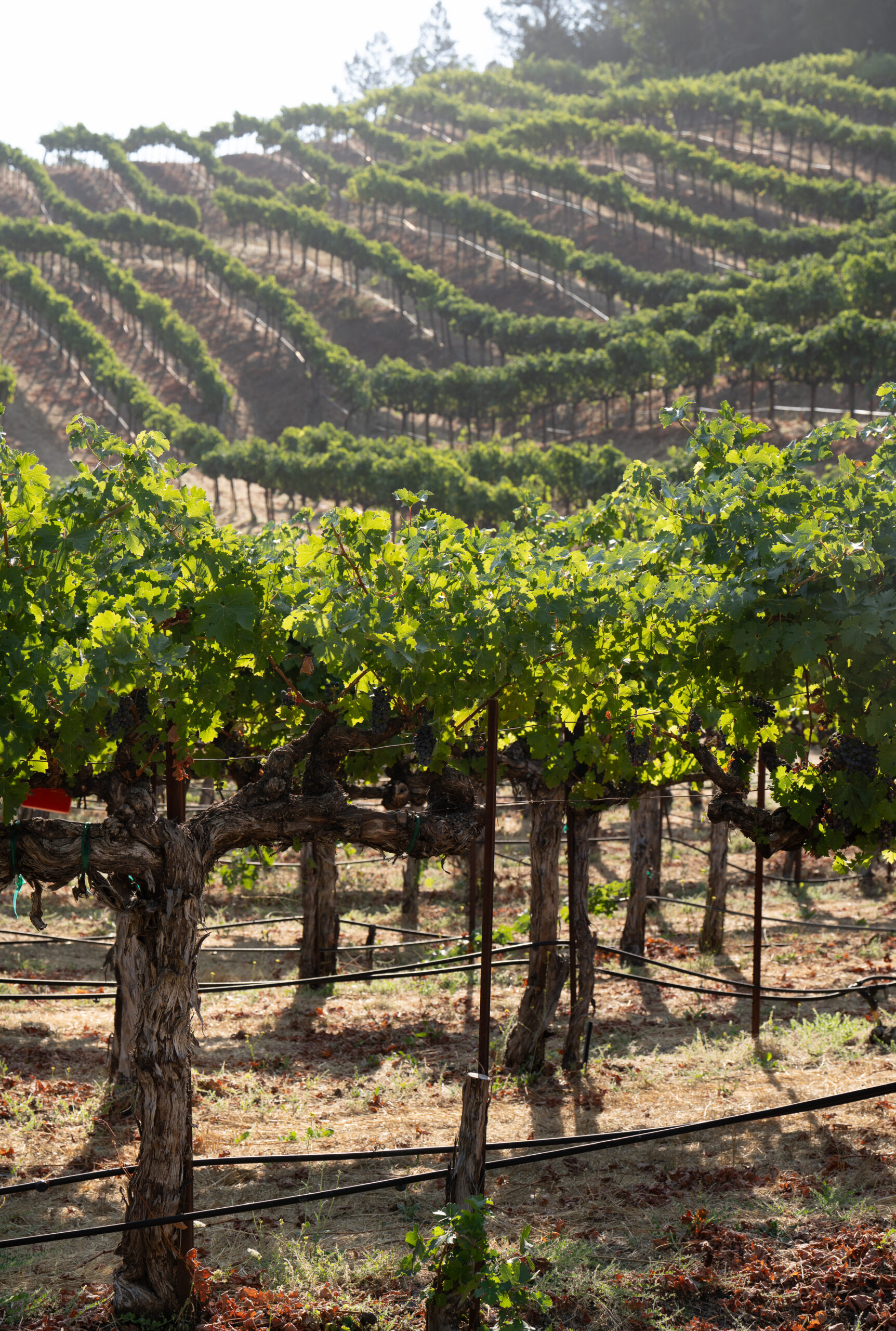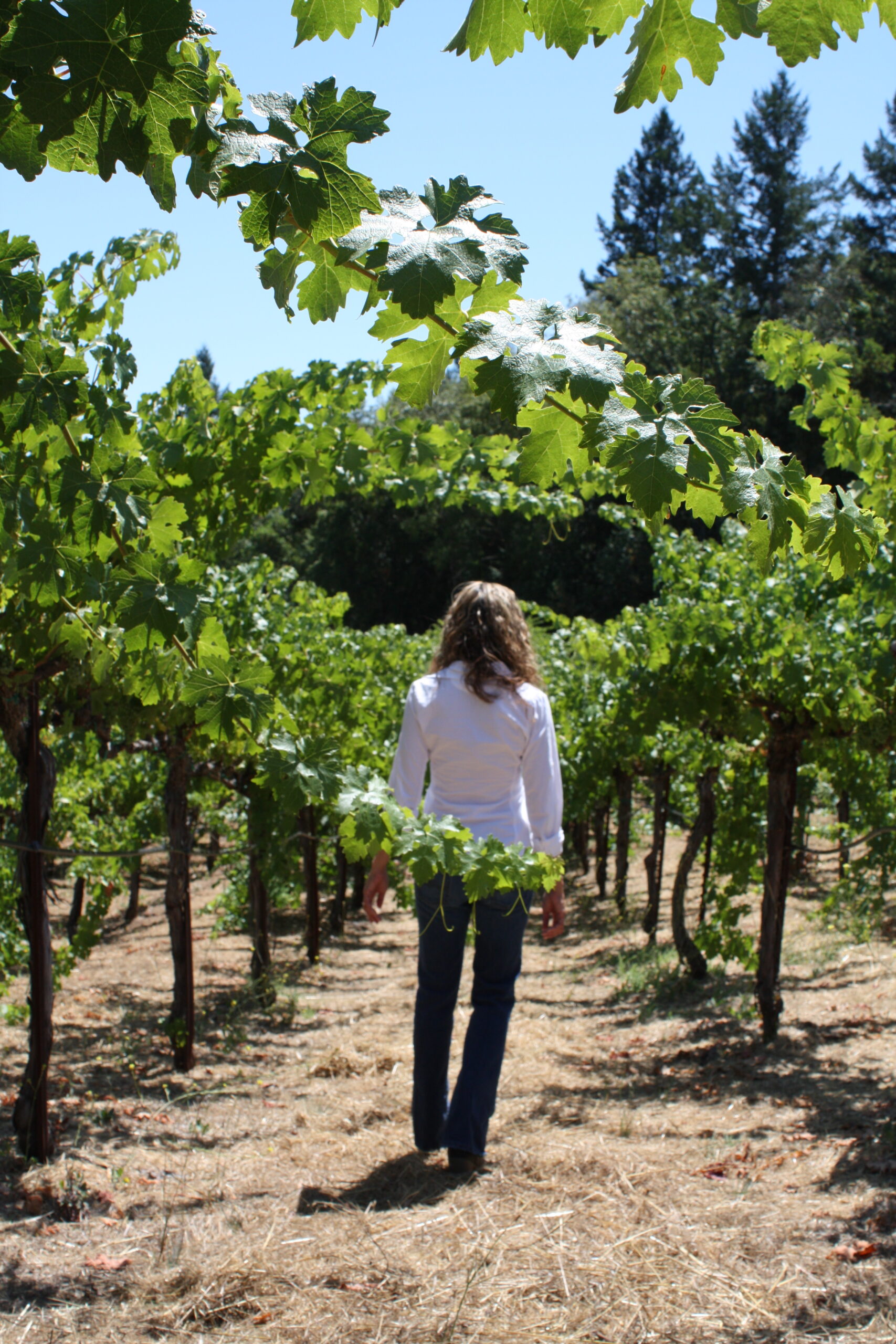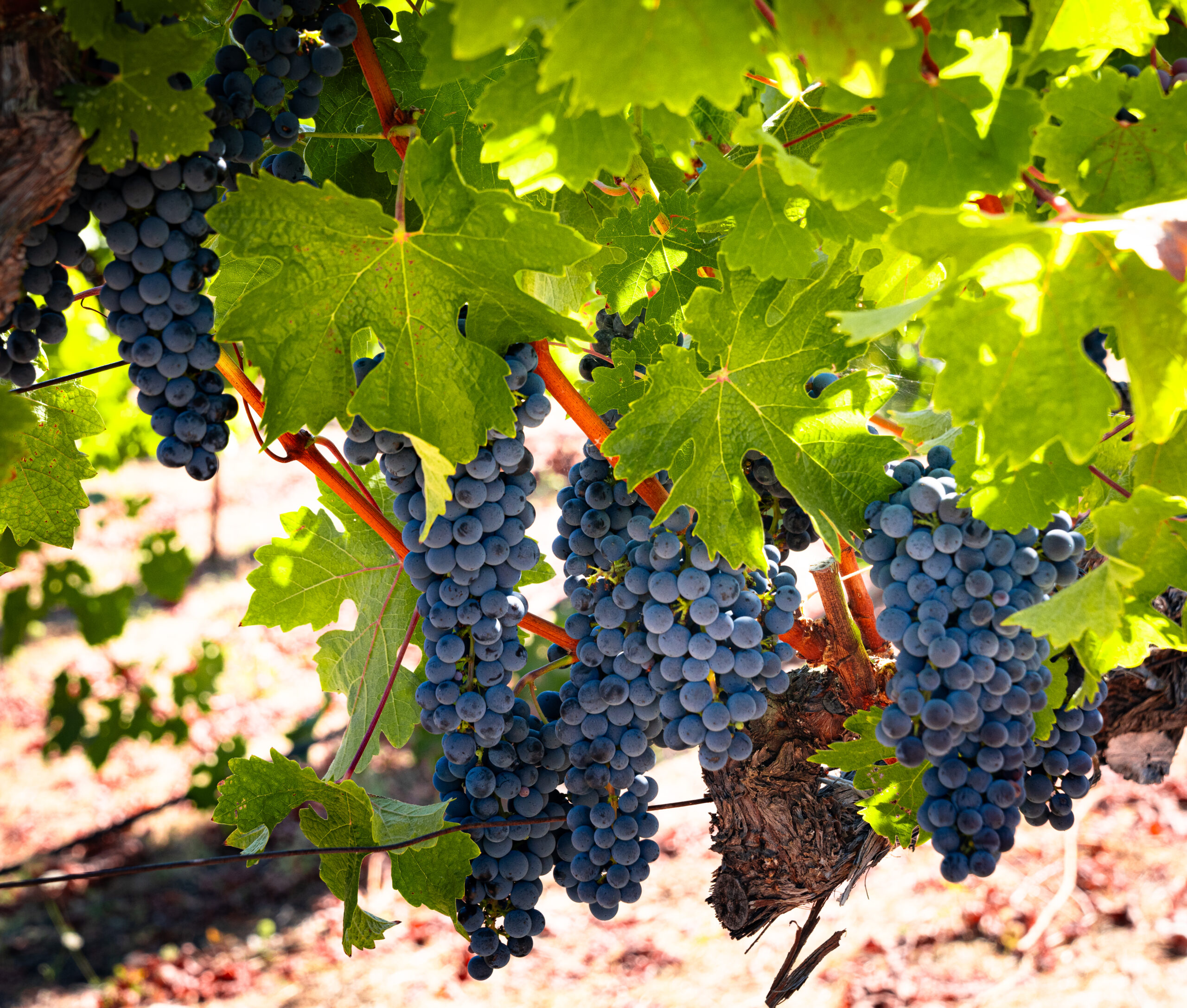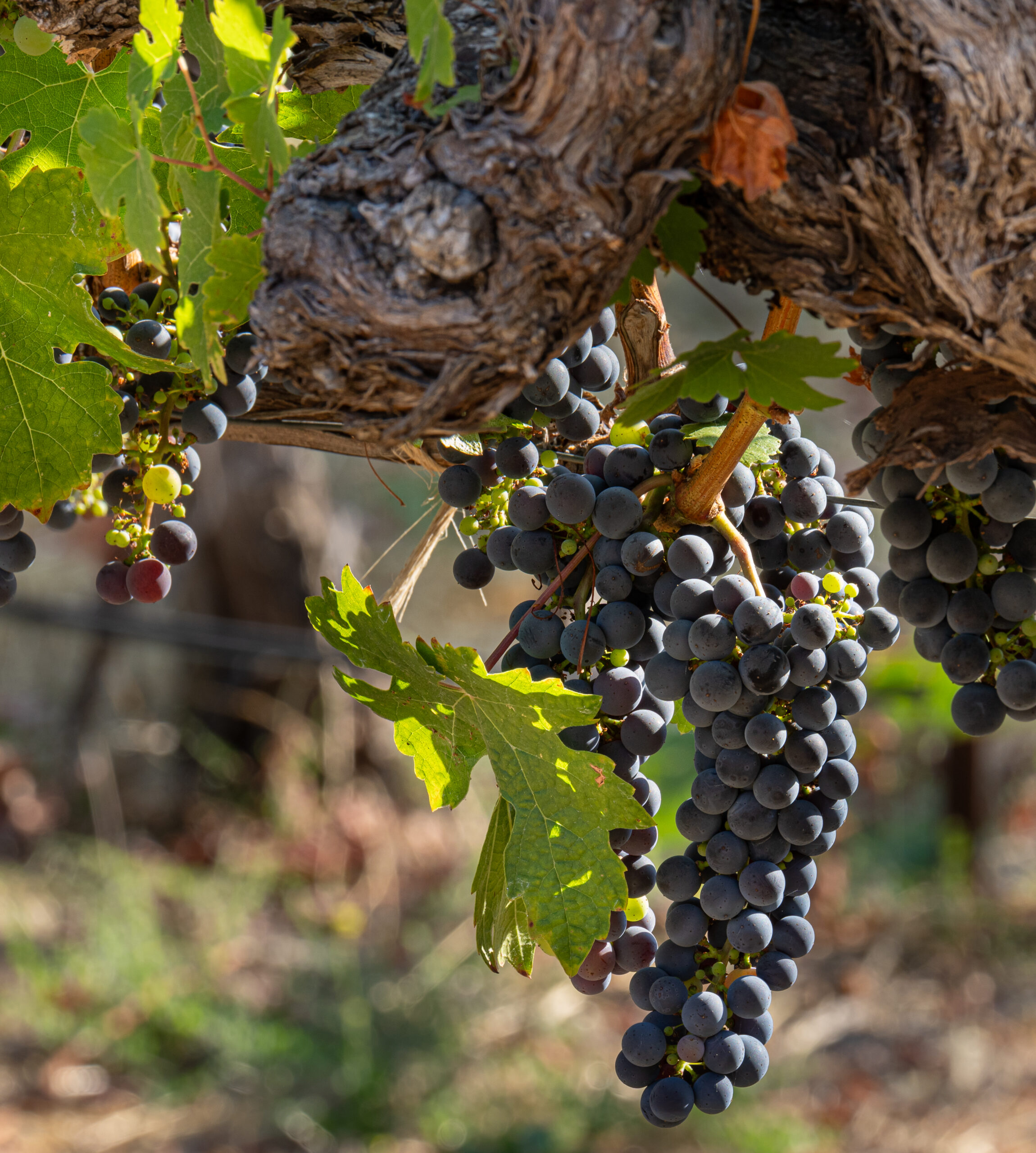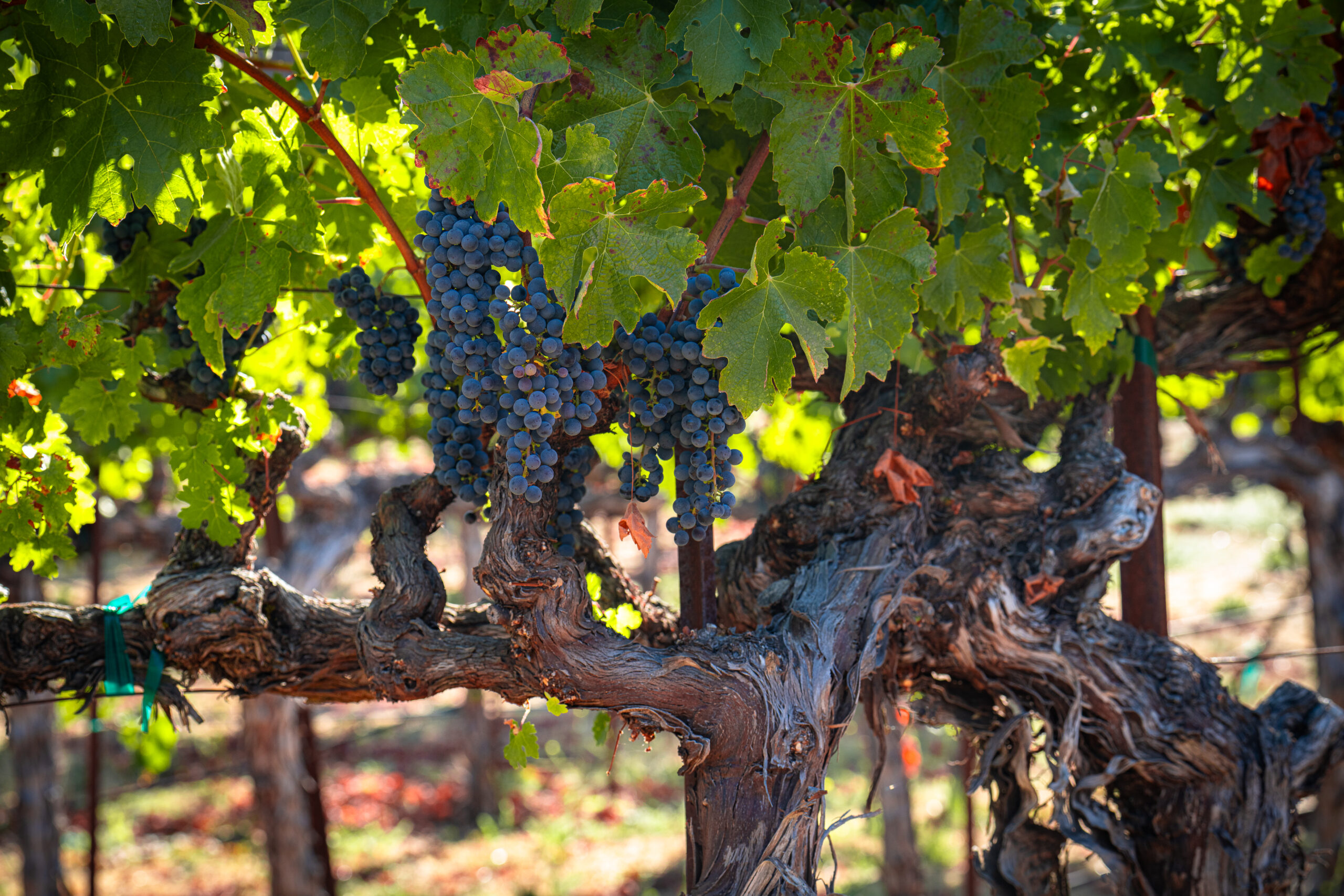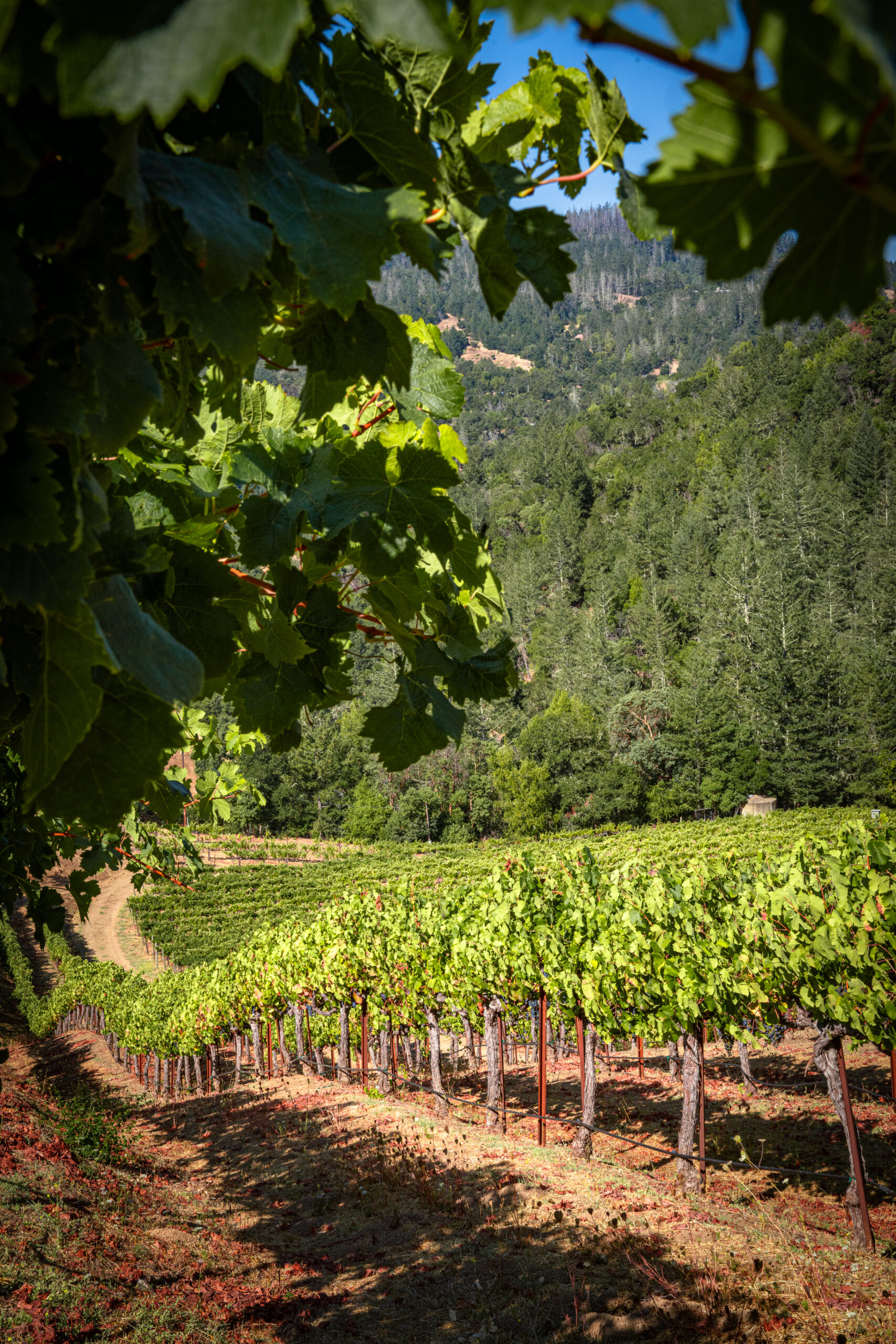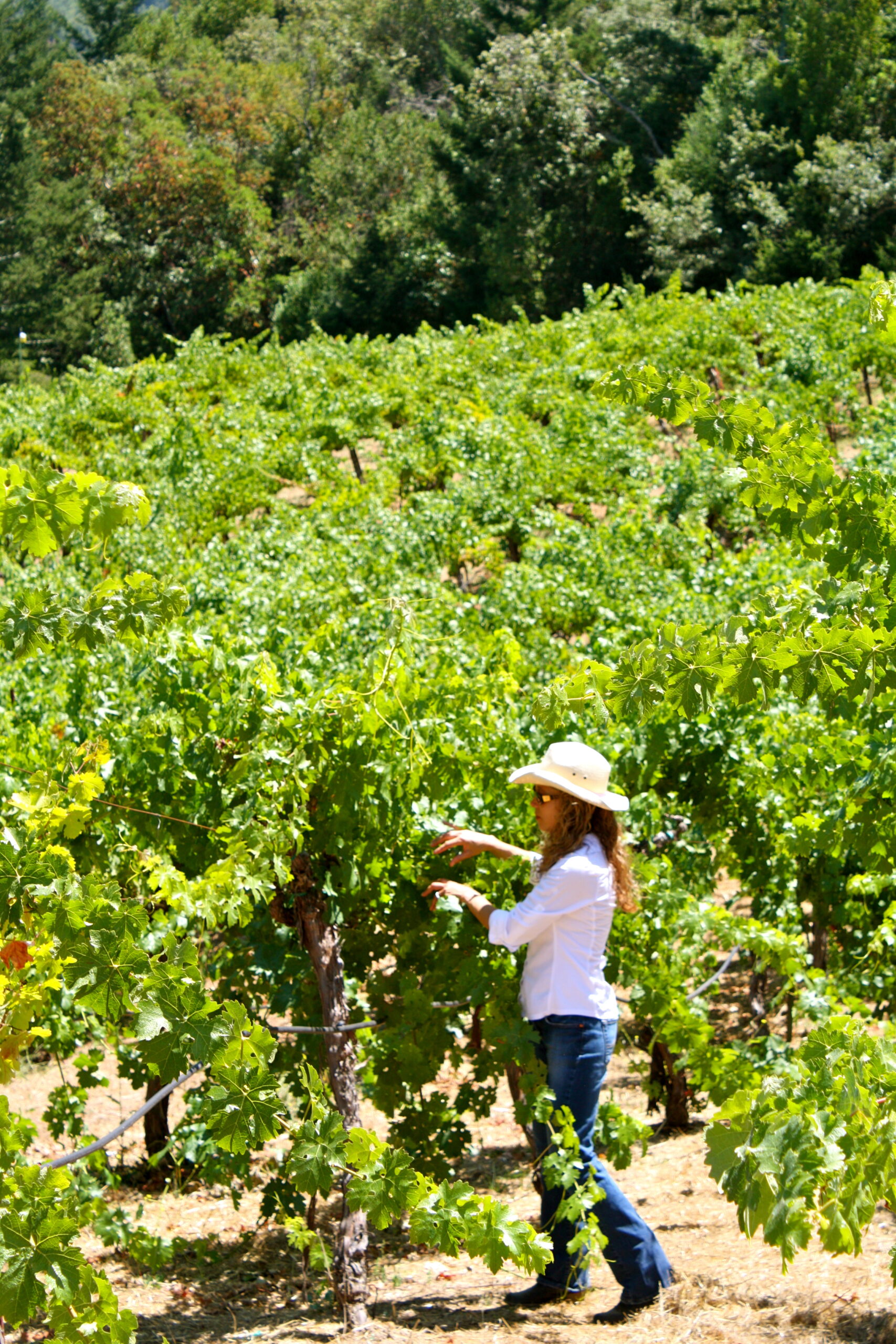The Vineyard
This is where the magic begins. My beautiful vineyard on Mount Veeder is at the heart of my life and my work. From farming to the weather, everything that happens here contributes to how the wine tastes. This is a complex process rarely seen by the public and one that I’ll be sharing with you both here and on YouTube.
The Vineyard Year: A Glimpse Behind the Magic
While bottling marks the grand finale, the true rhythm of the vineyard begins in January and carries us gracefully through the calendar year. Each season brings its own essential chapter—from pruning to harvest—woven together in a cycle as timeless as the land itself. Once the wine is tucked into barrel in November, it begins its quiet transformation, aging undisturbed for two years with just a gentle racking or two along the way. Then, at just the right moment, it’s ready to be bottled and shared. This is the art of patience, the cadence of the vines—and the story we live every year.

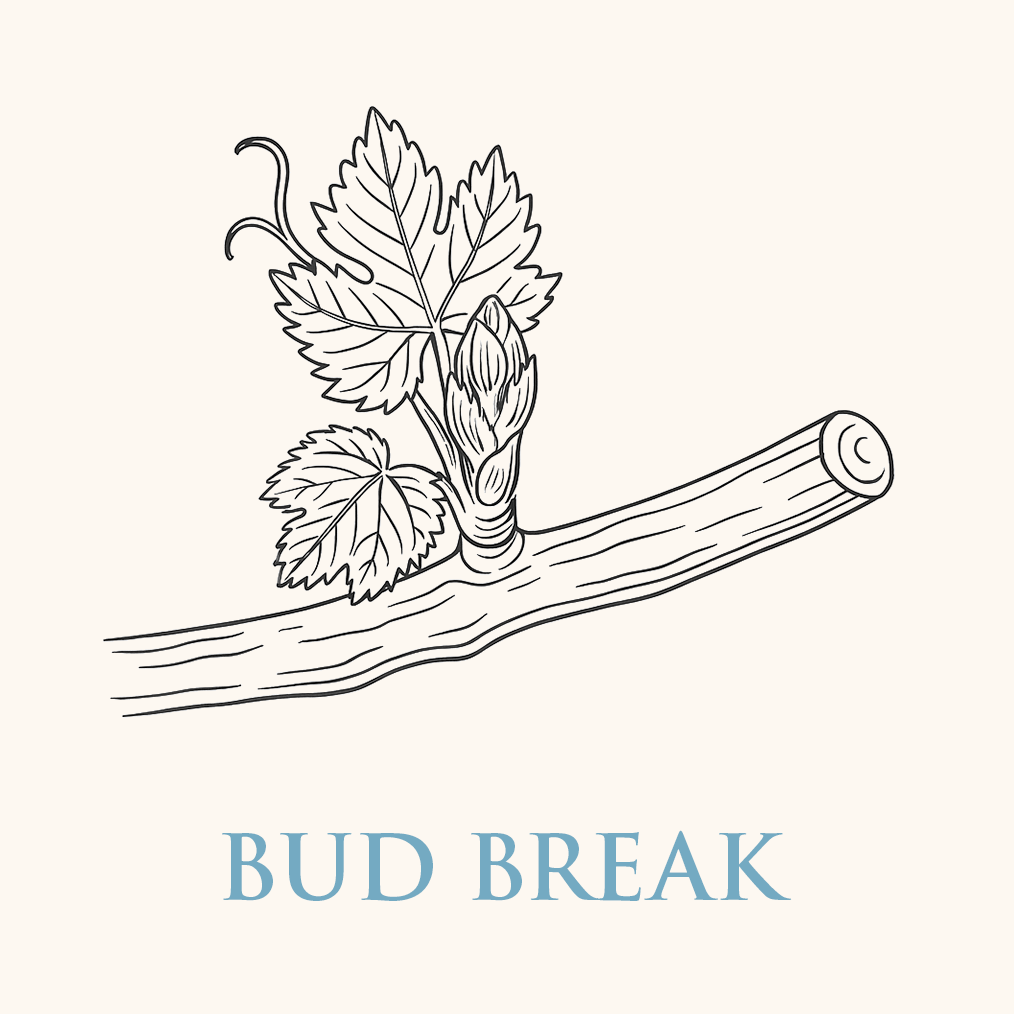
Bud Break
During bud break, the first tender buds emerge from dormant vines, marking the start of the growing season. In Napa Valley, this can happen over two months, depending on grape variety and location. Despite its diversity, Napa is small—just 30 miles long and five miles wide—with only 9% planted to grapes, a fraction of Bordeaux’s vineyard acreage.
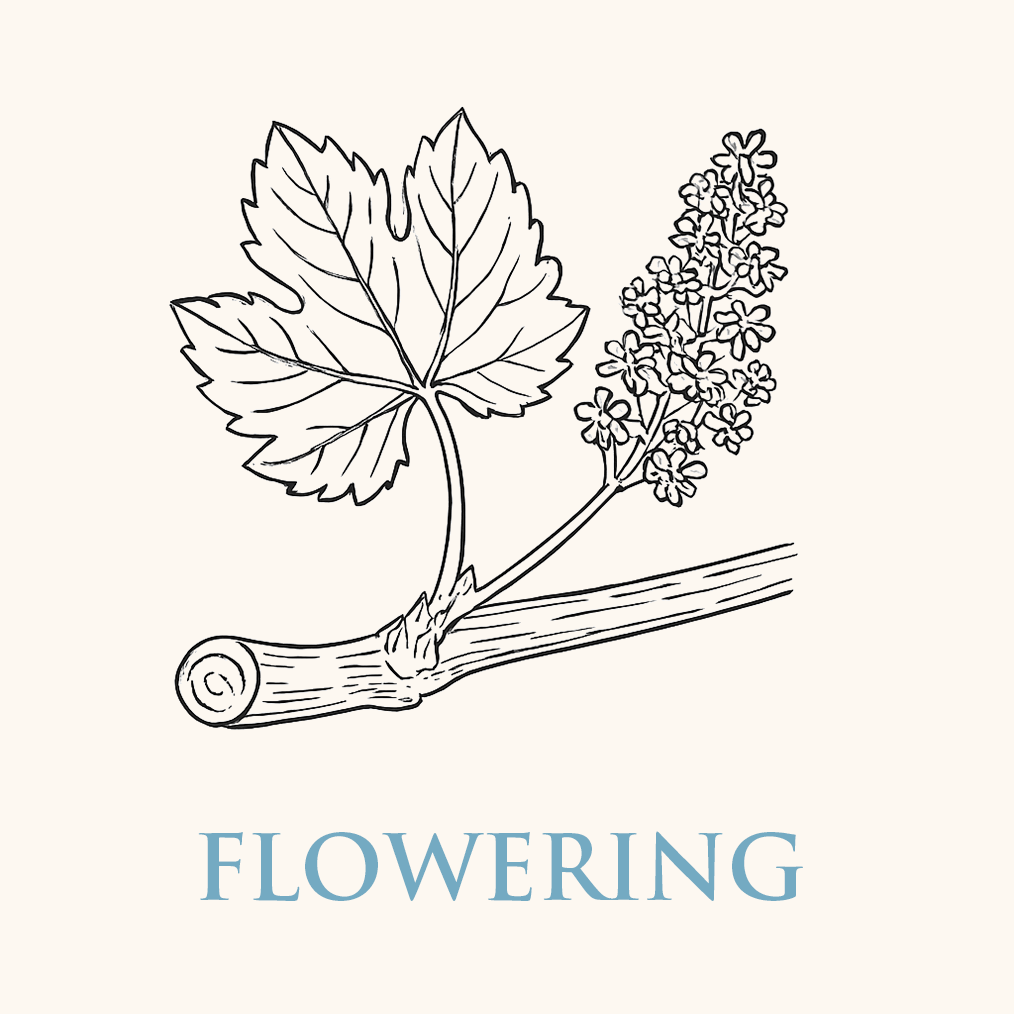
Flowering
During flowering on Mount Veeder, the vines develop tiny, delicate blossoms, each with the potential to become a grape. At this stage, the weather is critical—too much wind or cold can impact fruit set, reducing the number of grapes that develop. Because Mount Veeder’s vineyards sit at higher elevations with cooler temperatures and afternoon breezes, flowering often happens later than on the valley floor. The process requires patience, but the result is smaller, more concentrated grape clusters that give Mount Veeder wines their signature intensity and structure.
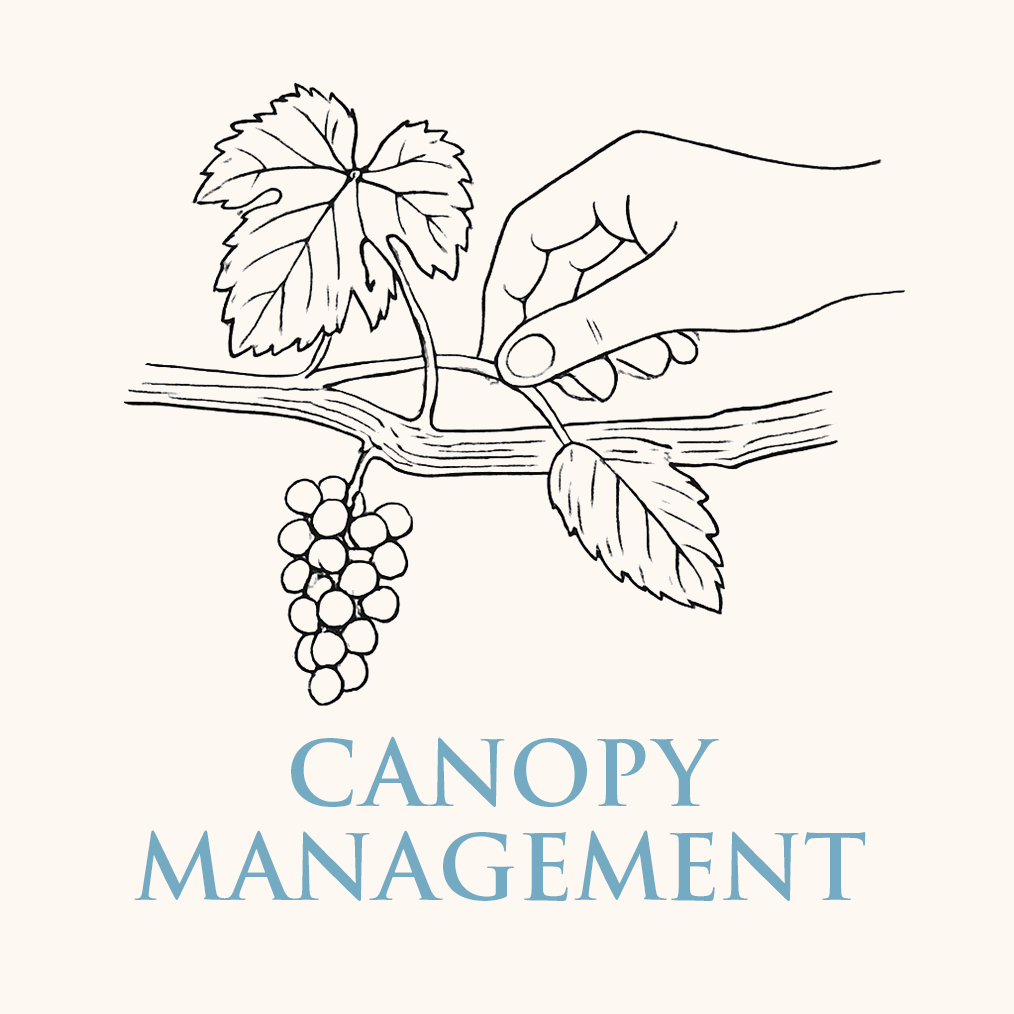
Canopy Management
As spring growth takes off, we have to manage the vines to keep grape quality at its best. Canopy management means carefully thinning shoots, removing leaves, and positioning vines for the perfect mix of sunlight, shade, and airflow. It’s hands-on work—our team can pass through the same row over 20 times a year—but it’s all part of our craft, ensuring every grape ripens just right!
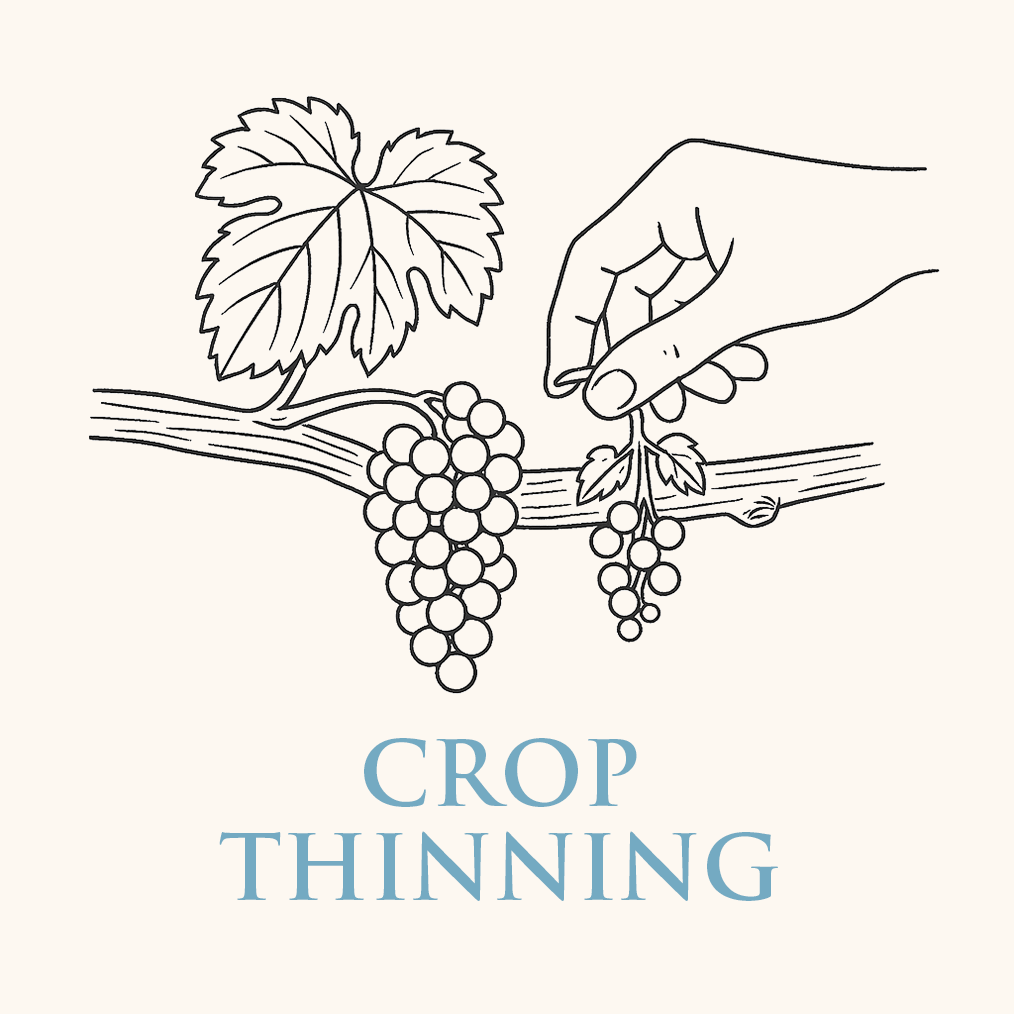
Crop Thinning
Up here on Mount Veeder, we practice “green dropping”, carefully dropping less-than-perfect grape clusters so the vine focuses on the best ones. Yields are naturally lower in our rugged mountain vineyards—about half of what you’d see in other regions—but that’s what makes our hillside wines so intense and complex. It’s all about quality over quantity, and it’s why Mount Veeder grapes are among the most sought-after in Napa Valley!
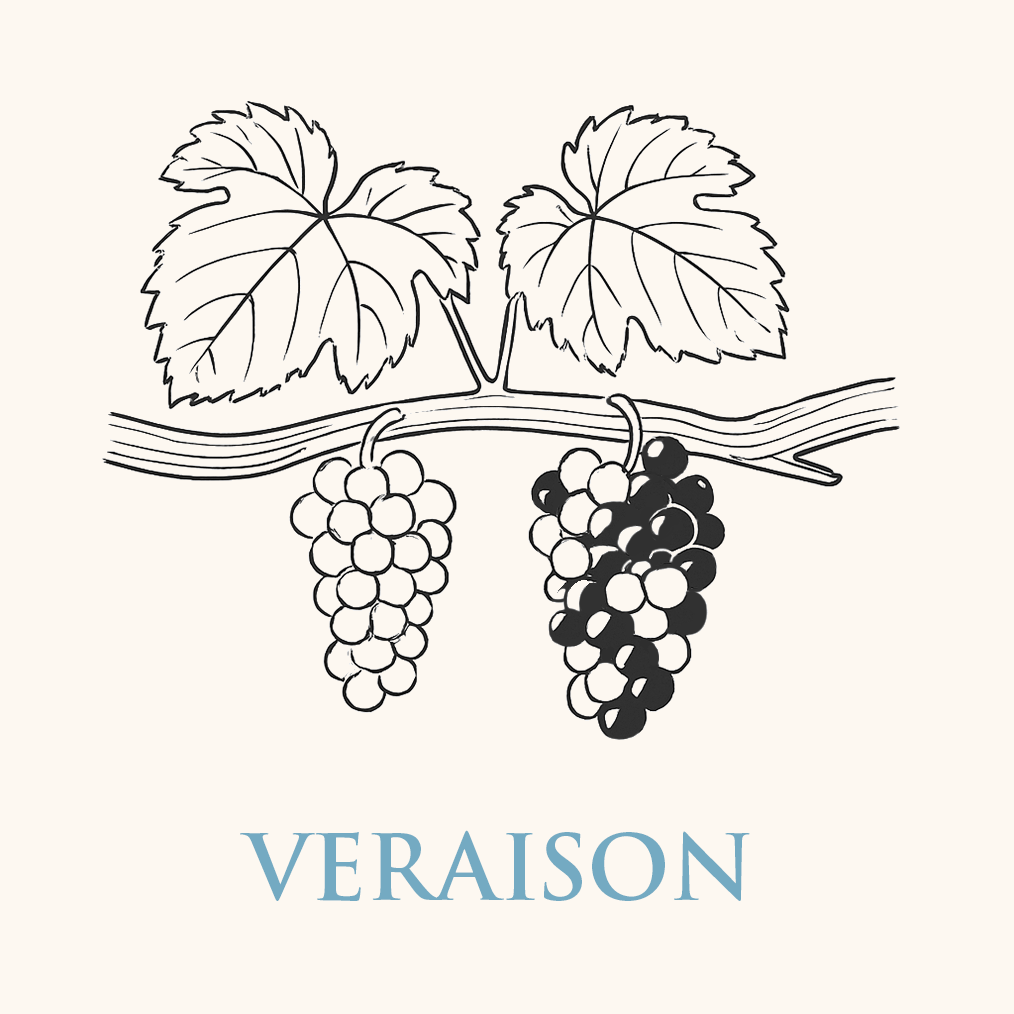
Veraison
All grapes start out green, and it’s not until mid-summer that they show their true color—a process called veraison. Up here, where temperatures swing 30-40°F between day and night, this shift happens gradually, depending on the variety and vineyard microclimate. Warm days build ripeness, while cool, foggy nights lock in acidity, creating the bold, balanced wines Mount Veeder is known for.
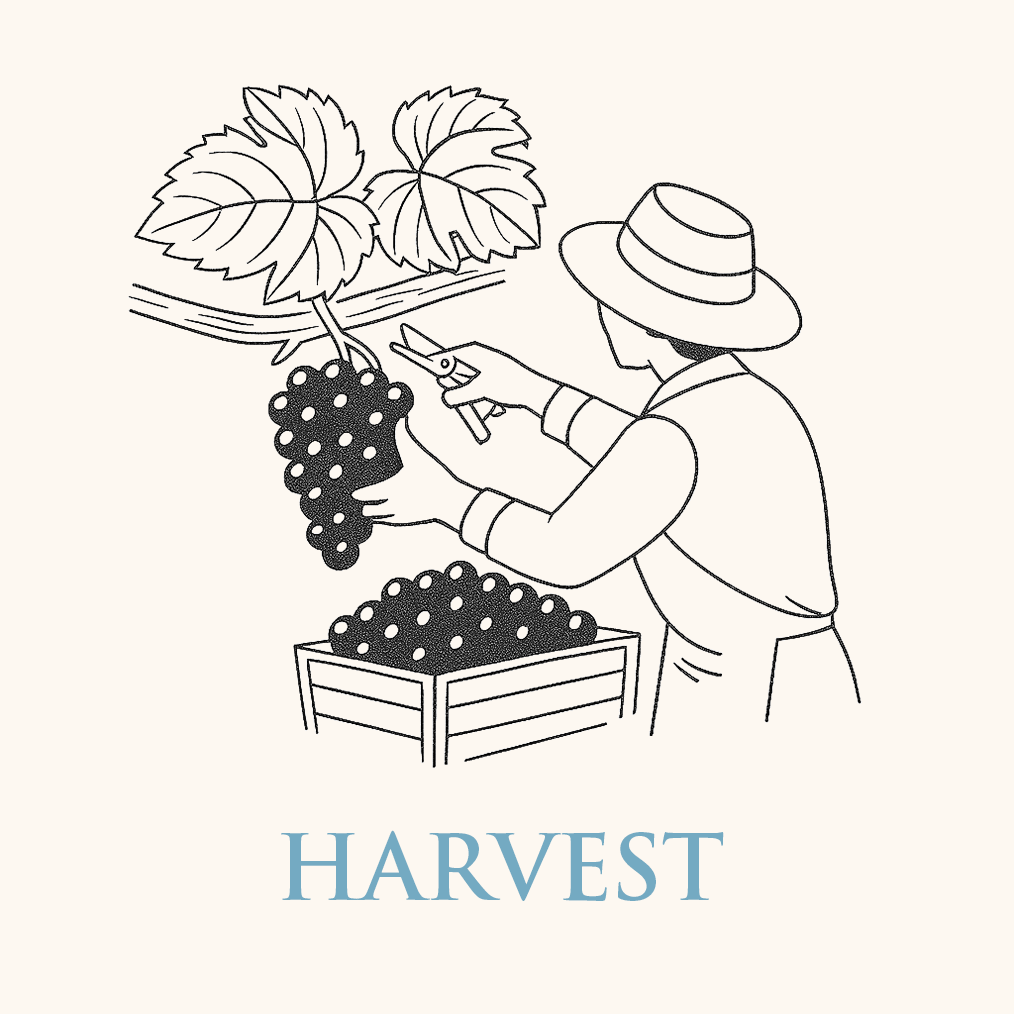
Harvest
This is it—the time we’ve worked toward all year. After months of caring for each vine, we harvest our grapes, all by hand and typically at night. We check Brix (sugar levels), taste the fruit, and test for ripeness, ensuring the perfect balance of flavor, color, and texture. Harvest on Mount Veeder starts later than on the valley floor, sometimes stretching into November for reds. Though Napa Valley produces just 4% of California’s wine grapes, its wines make up 50% of the state’s total retail value—proof that quality always wins over quantity!
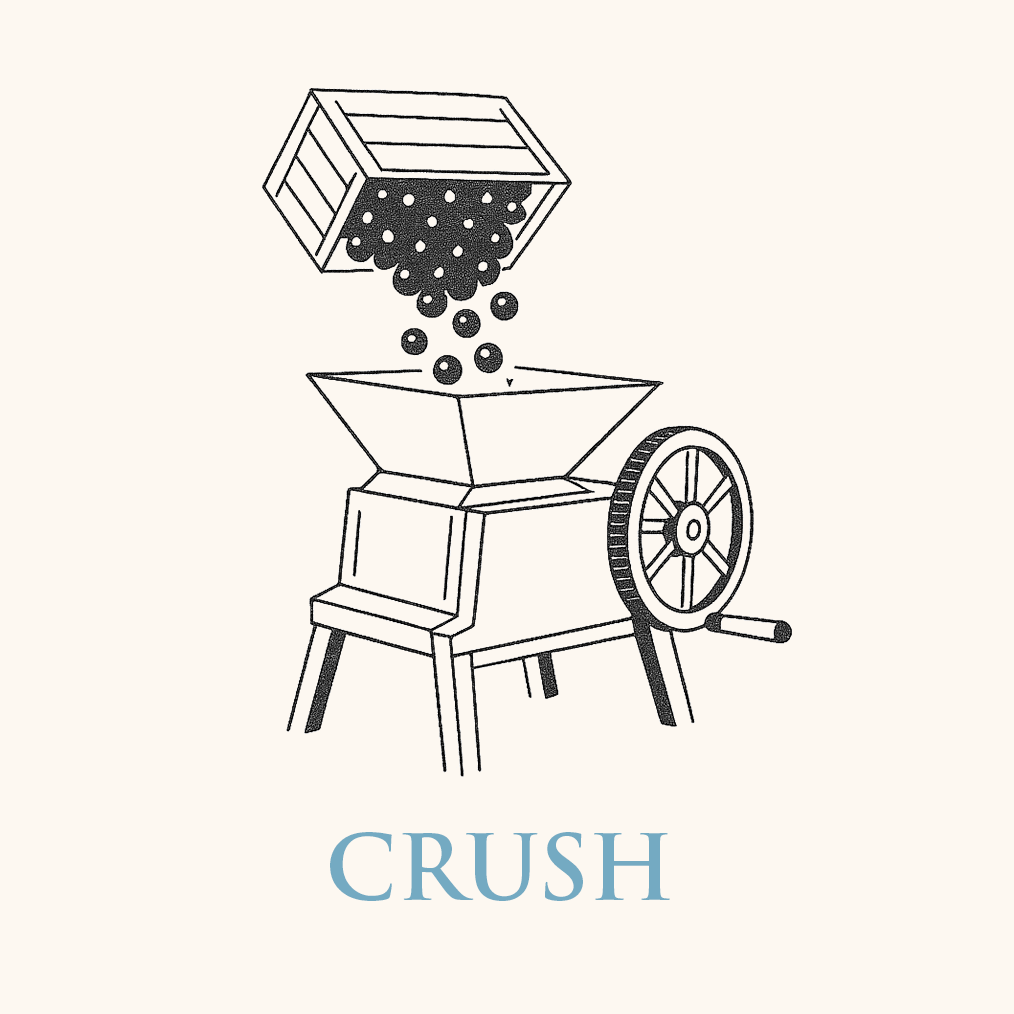
Crush
My grapes go through cutting-edge winemaking technology to ensure only the best fruit makes it into the wine. After arriving at the winery, the grapes are de-stemmed, and optically sorted to select only the highest-quality berries. The grapes are then gently crushed and sent to ferment on their skins. It’s all about precision, ensuring every drop reflects the bold, mountain-grown character of 40-year-old Mount Veeder fruit.
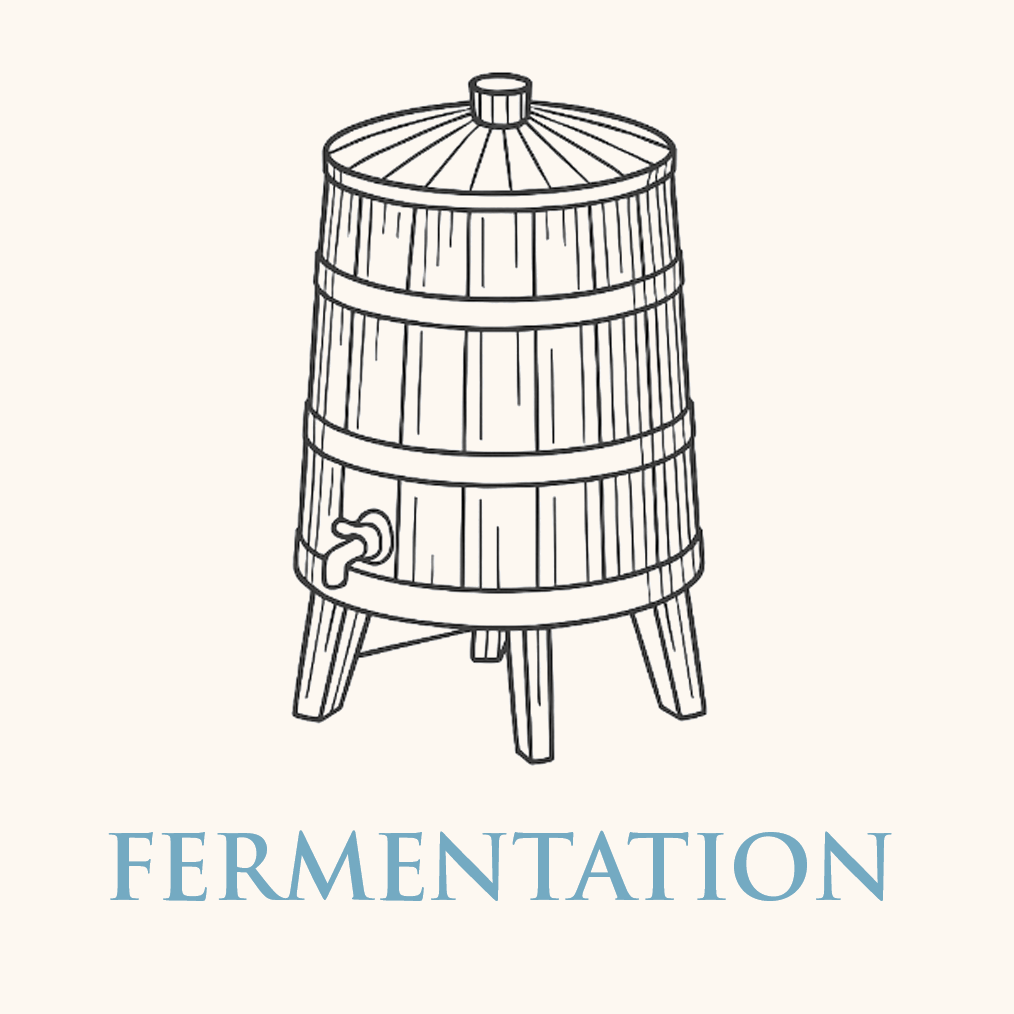
Fermentation
Fermentation is where the magic happens—yeast transforms sugar into wine, bringing out the bold character of my Mount Veeder Magic Vineyards Cabernet Sauvignon. My Cabernet ferments on its skins to extract deep color, rich tannins, and layered flavors. After fermentation, it often stays on the skins a bit longer, softening tannins and adding structure. This careful process helps create the intense, complex wines that make Mount Veeder Cabernet so revered.
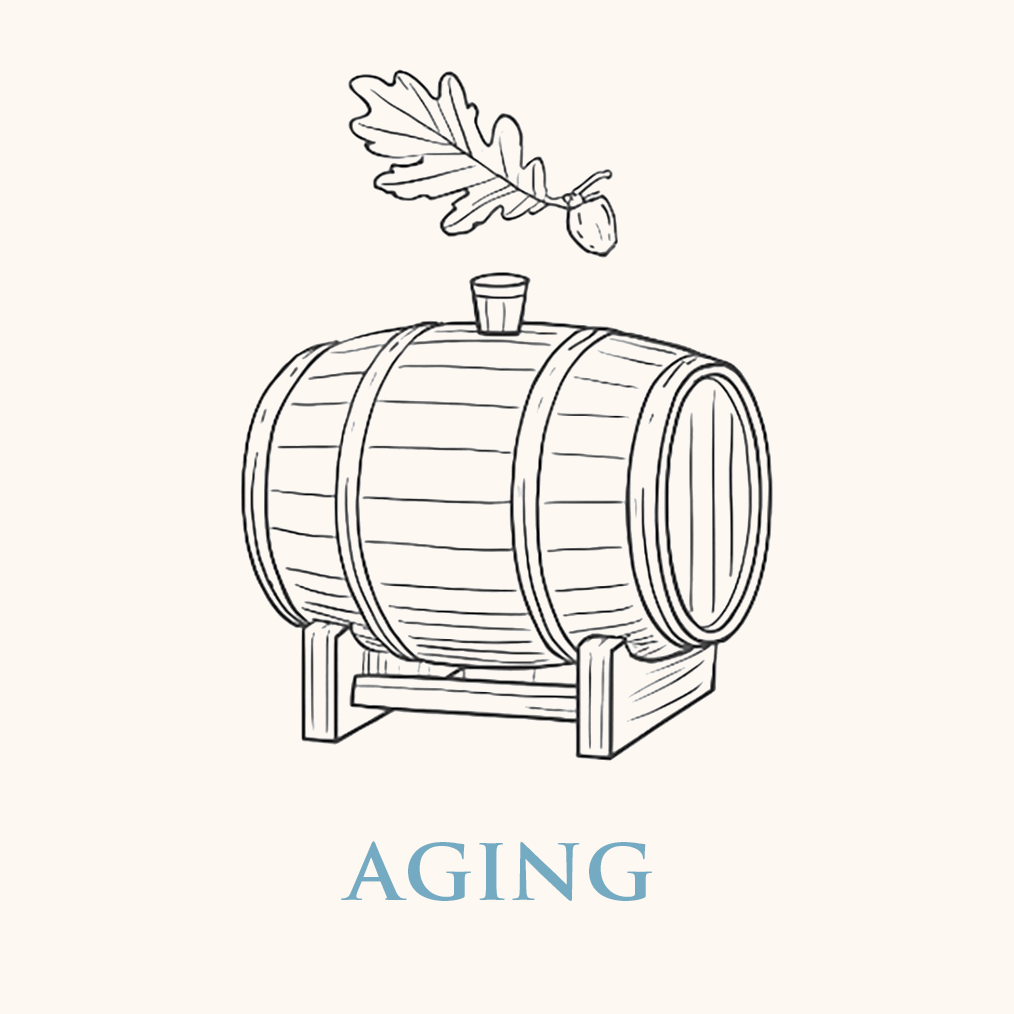
Aging
Aging is where my old-vine Cabernet Sauvignon develops its depth and character. I use 2/3 new and 1/3 once-used French oak barrels to enhance structure without overpowering the fruit. A Medium+ toasting levels adds rich complex flavors enhancing its bold mountain character. These flavors complement Mount Veeder Cabernet’s naturally intense dark fruit, firm tannins, and fresh acidity, adding depth and a long, elegant finish.

Bottling
Deciding when to bottle my Mount Veeder Magic Vineyards Cabernet Sauvignon is all about intuition, experience, and the unique character of each vintage. My Cabernet typically ages 18-24 months in oak, developing deep flavors and complexity. Knowing when it’s ready is part science, part instinct—no technology can replace tasting, patience, and a feel for the wine’s perfect moment.

